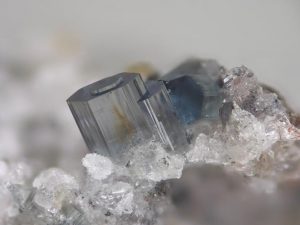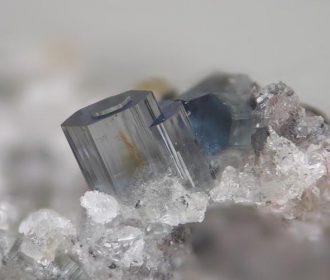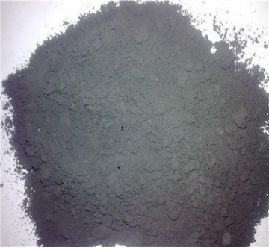The production of tantalum wire is usually carried out by powder metallurgy or another isostatic pressing, vacuum sintering to obtain a tantalum rod, followed by cold rolling and surface cleaning to obtain a tantalum strip, and then the wire is obtained by surface oxidation coating, stretching, pickling, water washing, and annealing. The processing process of the tantalum bar to wire includes the following steps.

Isostatic molding
The chemical composition of the tantalum powder raw material for preparing the tantalum should meet the specified requirements, and the particle size distribution should satisfy the requirement that 100% is less than 0.074 m, and the content of less than 0.038 m (400) is not less than 60%. The bar blank after press forming requires no defects on the surface, no cracks, and has a certain strength, reaching 70% of the theoretical density.
Vacuum sintering
Usually, the melt sintering is performed, the sintering vacuum should be less than 0.133Pa, and the highest sintering temperature should be controlled within 2600 °C. Generally, after two times of vertical melting and sintering, the relative density of the tantalum can reach about 98%, and the surface of the tantalum is required to be smooth, without cracks, melted tumor knots, and bubbling.
Cold rolling
The production of tantalum wire and the forging of tantalum bars are generally carried out by cold rolling. It can be used as a manufacturing process before die forging, or it can be directly rolled into an ingot. Roll forging is a process in which a tantalum rod is passed through a pair of rotating wrought rolls equipped with circular arc dies, and plastically deformed by means of a cavity to obtain the desired ingot.
Anodizing
The purpose of anodizing is to uniformly coat an oxide film on the surface of the tantalum ingot (wire). As a carrier of the lubricant, the oxide film can uniformly and firmly adhere the lubricant, which can reduce the tensile friction coefficient, ensure the surface quality of the silk, and cannot directly contact the metal and the mold, then prevent the bonding and improve the tensile performance.
The standard of the oxide film is that the adhesion is strong, the micro-tightness is firm, the color is not easy to fall off, the thickness is uniform, the insulation is good, the residual current is small, and the surface is less crystalline.
Stretching
Stretching is a major process in the production of tantalum wire. The choice of lubricant, drawing die, stretching pass, and stretching speed will directly affect the quality of the wire. The stretching of tantalum is divided into thick wire and fine wire. Solid wax is generally used as a lubricant for roughening the thick tantalum wire with an oxide film, and an aqueous solution of grease soap is generally used as a lubricant when the tantalum wire with oxide film is finely drawn. The tensile die has cemented carbide and diamond, the latter is better but more expensive. The processing rate of the stretching pass depends mainly on the quality of the oxide film and the quality of the lubricant.
The surface of the wire after stretching is stuck with oil and residual oxide film, so it is necessary to clean the surface with acid and then with pure water. For the fine wire, the acidity of the pickling and the pickling time is strictly controlled. When the oxygen content and the surface brightness are good, the acidity and pickling time should be minimized.
Vacuum annealing
Annealing of the tantalum wire includes two parts, intermediate annealing and finished annealing. The purpose of intermediate annealing is to eliminate work hardening and improve the processing plasticity of the wire to continue stretching, while annealing is to achieve the desired properties of the finished product.
Tantalum has good plasticity at room temperature, and the work hardening tendency at room temperature is not large. The practice has shown that the billet produced by powder metallurgy can be processed until the total deformation rate is about 95%; the total deformation rate of the extruded billet by electron beam melting and consumable arc melting can reach more than 99%. After the recrystallization annealing, the plasticity of tantalum at room temperature is completely recovered.
Wire rewinding
In order to facilitate the material leaving the factory after the wire has been annealed, it is generally necessary to rewind on a certain winding machine. When rewinding, it is necessary to prevent the surface from being stained or scratched and to prevent twisting.
Stanford Advanced Materials supplies high-quality tantalum products to meet our customers’ R&D and production needs. Please visit https://www.samaterials.com/ for more information.


Recent Comments